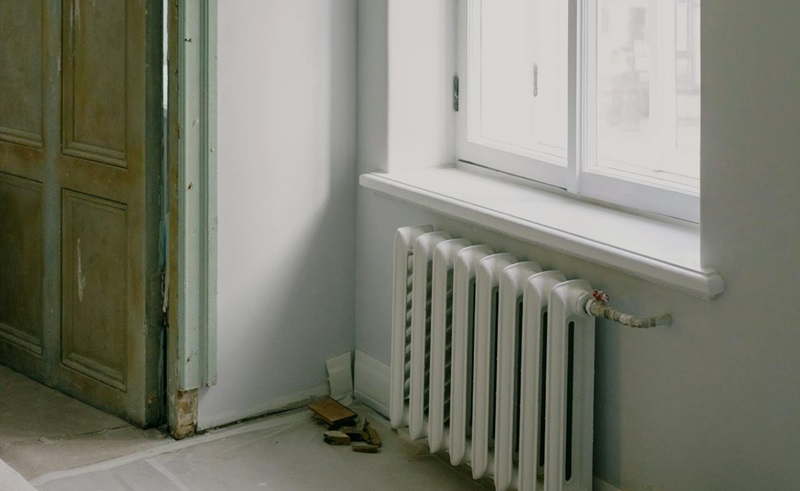Guide to Essential Hydronic Heating Maintenance: Preventing Common Repairs
Autumn is settling in; can you feel that nip in the air? We've swiped right on our summer tees and now it's cozy sweater time. But as we bid adieu to the balmy breeze and welcome the chill of winter, there’s one question that needs to be addressed: Is your home winter-ready (then more specifically), is your hydronic heating system responsive to the call of the cold? One frigid morning spent without your reliable radiant heat, and you'll wish you had considered our top maintenance tips for preventing the inconvenience and cost of premature hydronic heating repairs. In this blog post, we will delve into what hydronic heating is, why it’s important than maintaining it properly, and how you can prevent the need for regular repairs.
 |
| Hydronic Heating Repair |
The Anatomy of your Hydronic Heating System
Let's be clear on this: before we jump into maintenance and repair prevention, it's crucial you know the basic workings of your hydronic heating system. The system operates by circulating hot water through piping installed under your home’s floors or within the walls. Understanding your system will help you identify when things aren't going quite right, arming you with the knowledge to prevent the problem before it grows and ensure it’s running optimally.
Understands How Your System Works
The process of hydronic heating is a unique twist on the age-old principle — heat rises. A boiler heats the water, which is then circulated through a network of pipes, emitting heat wherever they are located. By warming the pipes beneath the floors or within the walls, the system endeavours to heat each room evenly, ensuring efficient heating throughout your home.
The Responsibility of Regular Maintenance
Maintenance leads the charge in the combat against repair needs. Regular cleaning, inspections, and a bit of DIY can enhance your system’s longevity significantly. And just like your car, your heating system also requires a routine check-up to keep it up to snuff. Draft a maintenance schedule and stick to it religiously.
Pros and Cons of Hydronic Heating
Despite the obvious benefits of efficient and even heating, hydronic systems have their own set of drawbacks. The initial cost for installation could be steep, and without regular maintenance, repair costs can also inch upwards. However, expenses are offset by their energy efficiency, plus the cozy comfort of radiant heat is unrivalled.
Signs You Might Need a Repair
Remember: prevention is better than cure. A well-maintained system reduces the likelihood of severe malfunctions, but occasionally, some warning signals demand immediate attention. Increased energy bills, heating inconsistencies, cold spots and leaks are clear indicators that your system needs professional intervention.
Conclusion
The tranquil hum of a well-maintain hydronic heating system is more than just the lullaby for a warm winter's night it's a testament to skillful maintenance and savvy repair prevention. Remember, your heating system is only as good as the care and attention you show it. Conduct routine maintenance, familiarize yourself with its anatomy, understand how it works and heed the signs of a potential pitfall. In embracing these tips, you won’t continue to shell over your money to repair squads. Instead, you can bask in the warm, ambient glow of winter, snug in your hydronic heated abode.



0 comments
Note: only a member of this blog may post a comment.